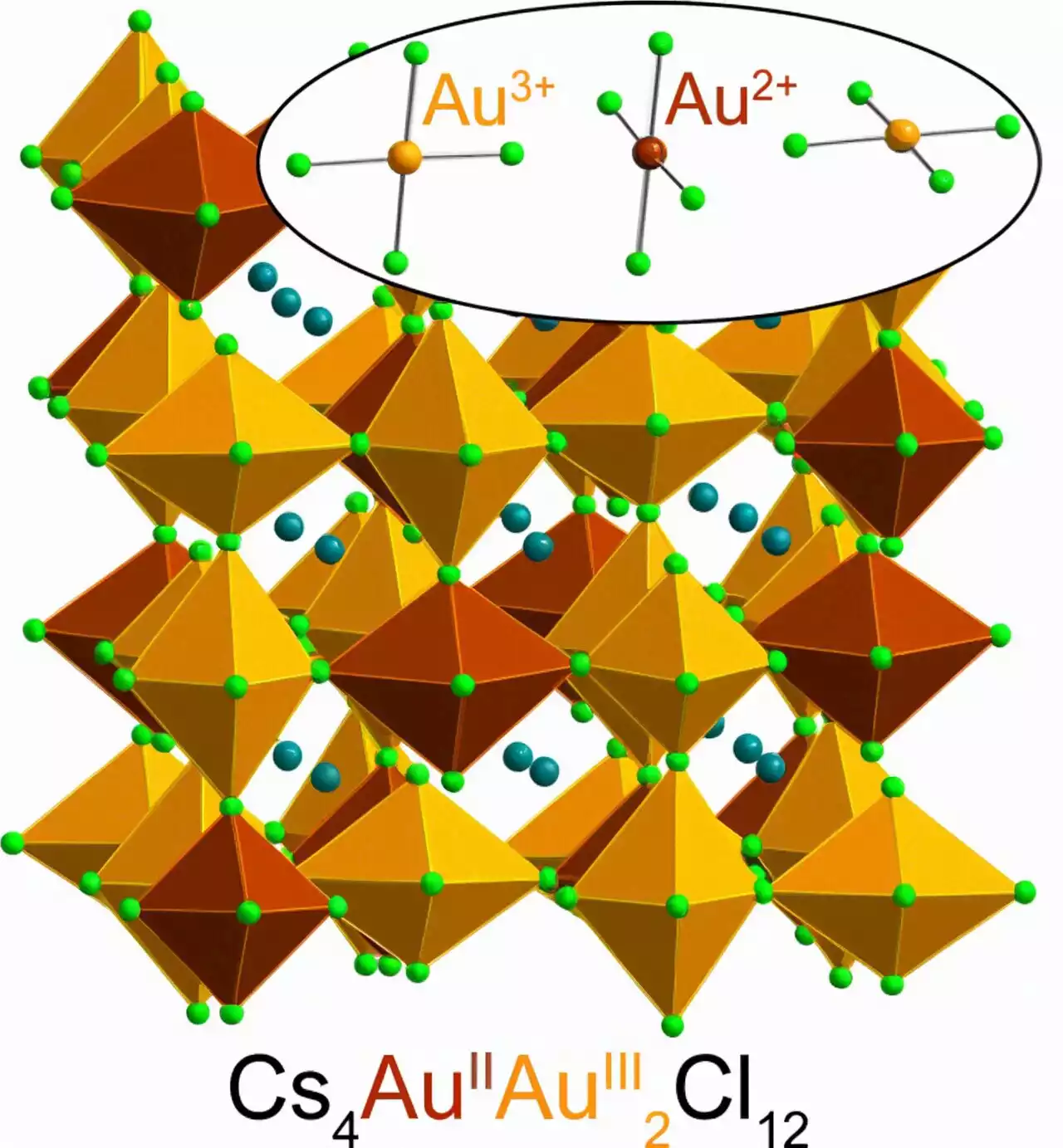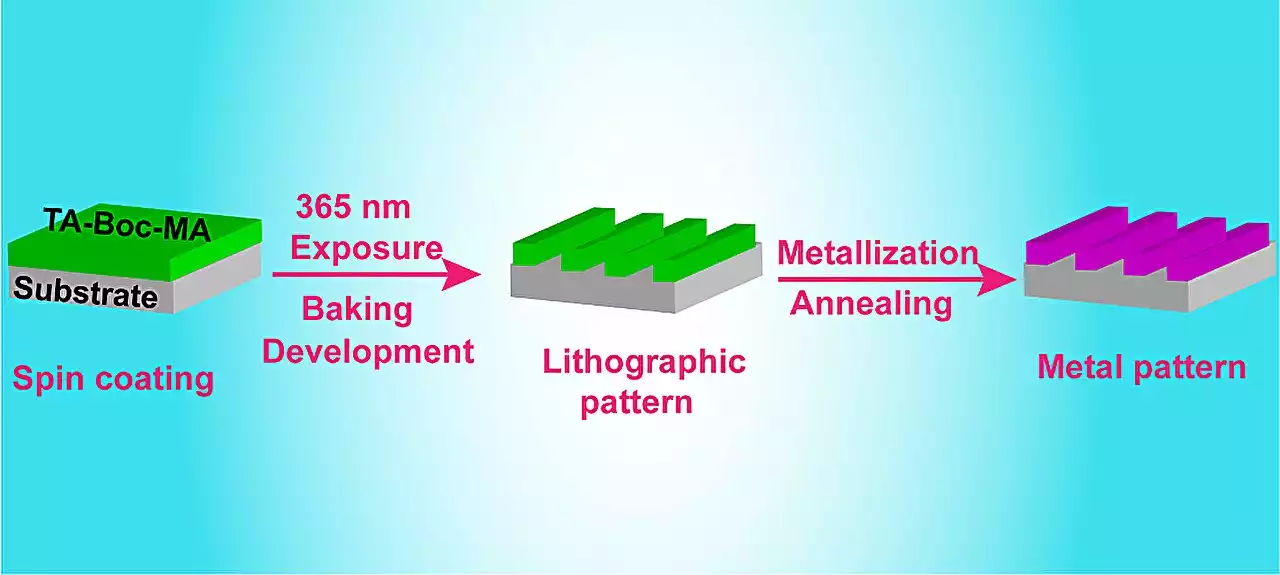Researchers say their acoustic swarm can localize voices and mute annoying people in the background without prior exposure.
. This tech relies on filtering out background noise for one person. This acoustic swarm, however, focuses on creating a cone of audio around different groups, allowing it to control where audio from multiple groups and conversations is going.
It is obviously a bit more involved than the first example I used, which relies on background noise filtration. And, if the video that the engineers have used to showcase the technology is any indication, it could really help out at big gatherings of people, at least once the tech is better updated and improved upon.
The acoustic swarm is self-deploying. All the speaker has to do is arrange the seven microphones that the robots use to create a partition within the room, acting as a “speech zone.” The robots then use this zone to track and identify the voices, even as they move. One of the biggest purposes behind the design is to allow you to mute noisy zones – like annoying people in the background – when you need to for important conversations, video conferences, and other things.
Ultimately, the research says that the robots could localize the voices 90 percent of the time, within 1.6 feet of each other. That, I have to admit, is very impressive, and I’m absolutely intrigued to see where it goes from here.
United States Latest News, United States Headlines
Similar News:You can also read news stories similar to this one that we have collected from other news sources.
 USU researchers helping Utah prepare for increasing number of dementia patientsUtah State University hosted a research event on Thursday to discuss growing dementia research at the university, to address a growing population of people with dementia and their caregivers.
USU researchers helping Utah prepare for increasing number of dementia patientsUtah State University hosted a research event on Thursday to discuss growing dementia research at the university, to address a growing population of people with dementia and their caregivers.
Read more »
 U.S. researchers brace for likely government shutdownGiven budget impasse in Congress, furloughed staff, delayed grant reviews, canceled travel, and shuttered instruments look imminent
U.S. researchers brace for likely government shutdownGiven budget impasse in Congress, furloughed staff, delayed grant reviews, canceled travel, and shuttered instruments look imminent
Read more »
 Striking rare gold: Researchers unveil new material infused with gold in an exotic chemical stateFor the first time, Stanford researchers have found a way to create and stabilize an extremely rare form of gold that has lost two negatively charged electrons, denoted Au2+. The material stabilizing this elusive version of the valued element is a halide perovskite—a class of crystalline materials that holds great promise for various applications including more-efficient solar cells, light sources, and electronics components.
Striking rare gold: Researchers unveil new material infused with gold in an exotic chemical stateFor the first time, Stanford researchers have found a way to create and stabilize an extremely rare form of gold that has lost two negatively charged electrons, denoted Au2+. The material stabilizing this elusive version of the valued element is a halide perovskite—a class of crystalline materials that holds great promise for various applications including more-efficient solar cells, light sources, and electronics components.
Read more »
 How researchers are using AI to save rainforest species in Puerto Rico: ExclusiveDeclining species in rainforests around the world may have a second chance of survival due to artificial intelligence technology.
How researchers are using AI to save rainforest species in Puerto Rico: ExclusiveDeclining species in rainforests around the world may have a second chance of survival due to artificial intelligence technology.
Read more »
 Researchers invent a new metallization method of modified tannic acid photoresist patterningThe micro/nano metal pattern formation is a key step in the assembly of various devices. However, ex situ approaches of metal patterning limited their industrial applications due to the poor stability and dispersion of metal nanoparticles. The in situ electroless deposition after lithography patterning may be a better choice for avoiding the growth and aggregation of metal particles in the polymers.
Researchers invent a new metallization method of modified tannic acid photoresist patterningThe micro/nano metal pattern formation is a key step in the assembly of various devices. However, ex situ approaches of metal patterning limited their industrial applications due to the poor stability and dispersion of metal nanoparticles. The in situ electroless deposition after lithography patterning may be a better choice for avoiding the growth and aggregation of metal particles in the polymers.
Read more »
